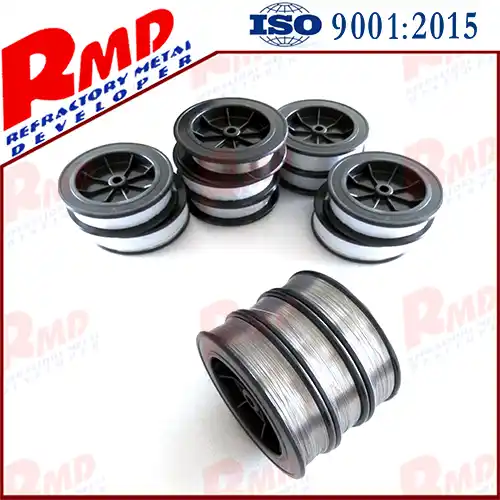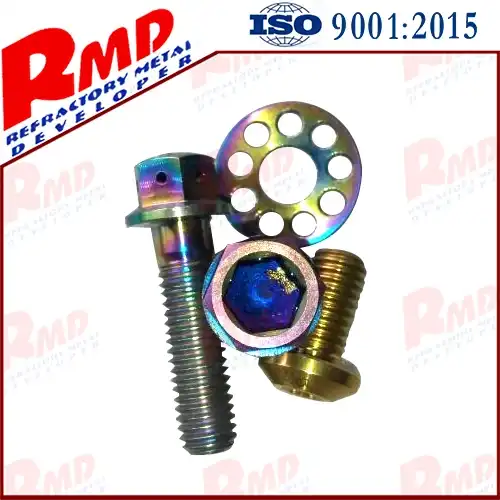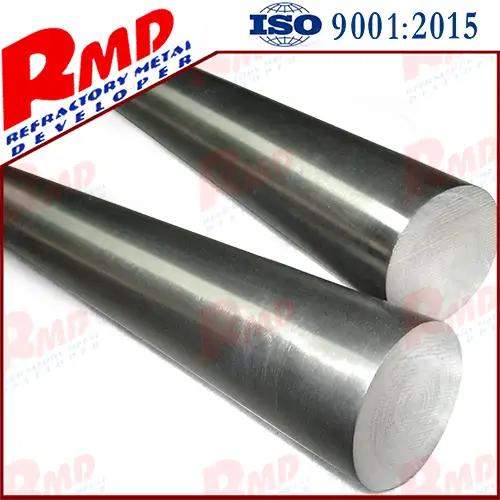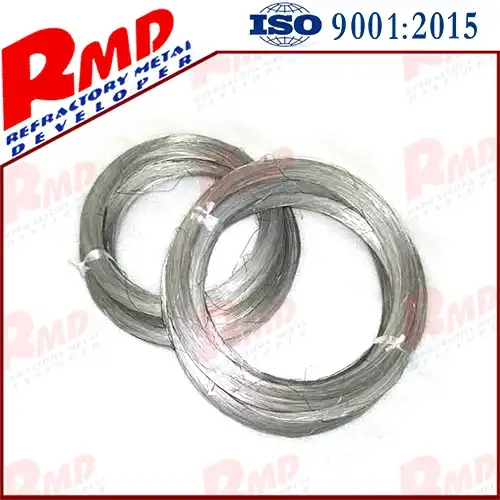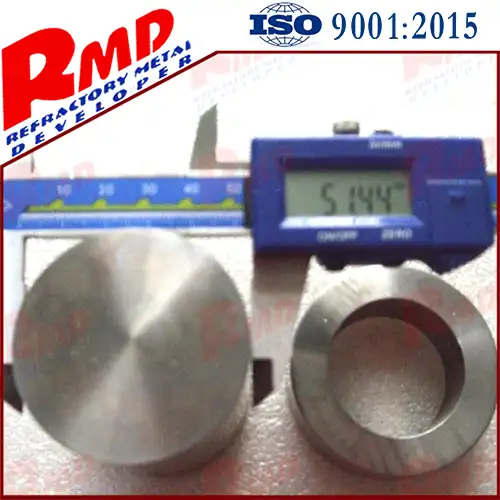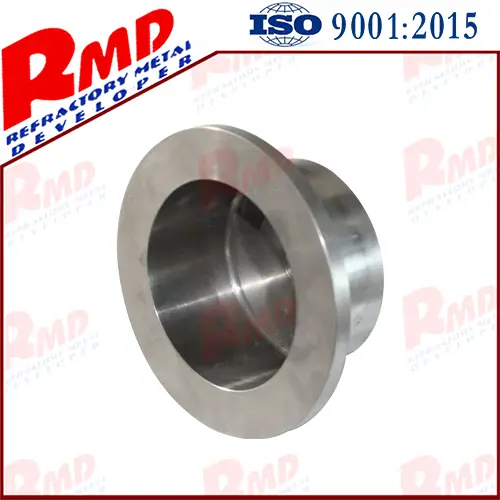- English
- French
- German
- Portuguese
- Spanish
- Russian
- Japanese
- Korean
- Arabic
- Greek
- German
- Turkish
- Italian
- Danish
- Romanian
- Indonesian
- Czech
- Afrikaans
- Swedish
- Polish
- Basque
- Catalan
- Esperanto
- Hindi
- Lao
- Albanian
- Amharic
- Armenian
- Azerbaijani
- Belarusian
- Bengali
- Bosnian
- Bulgarian
- Cebuano
- Chichewa
- Corsican
- Croatian
- Dutch
- Estonian
- Filipino
- Finnish
- Frisian
- Galician
- Georgian
- Gujarati
- Haitian
- Hausa
- Hawaiian
- Hebrew
- Hmong
- Hungarian
- Icelandic
- Igbo
- Javanese
- Kannada
- Kazakh
- Khmer
- Kurdish
- Kyrgyz
- Latin
- Latvian
- Lithuanian
- Luxembou..
- Macedonian
- Malagasy
- Malay
- Malayalam
- Maltese
- Maori
- Marathi
- Mongolian
- Burmese
- Nepali
- Norwegian
- Pashto
- Persian
- Punjabi
- Serbian
- Sesotho
- Sinhala
- Slovak
- Slovenian
- Somali
- Samoan
- Scots Gaelic
- Shona
- Sindhi
- Sundanese
- Swahili
- Tajik
- Tamil
- Telugu
- Thai
- Ukrainian
- Urdu
- Uzbek
- Vietnamese
- Welsh
- Xhosa
- Yiddish
- Yoruba
- Zulu
Demand And Application Of Molybdenum Alloys
2024-01-05 18:00:06
From the perspective of global consumption structure, molybdenum is indeed an alliance of iron.In western developed countries, 80% of the demand comes from steel, 30% from stainless steel, 30% from low-alloy steel, 10% from drilling and cutting tools, and 10% from cast steel.Another 20% of molybdenum consumption is in chemicals, molybdenum based lubricants and petroleum refining.The typical American consumption ratio in steel production in 1998 was 75%. In addition, molybdenum-based alloys have been widely used in electronics, metal processing and aerospace industry.
1. Molybdenum alloys
TZM alloy has excellent high temperature strength and comprehensive properties. It is the most widely used molybdenum alloy. The United States uses TZM alloy to make the turbine disk of the engine, and its molybdenum content accounts for 15% of the total consumption. The production including TZM molybdenum alloy in China is no less than 22 grades, and the output of molybdenum products in China in the early 1990s is nearly 200 tons. TZM and TZC molybdenum alloyshave better high temperature mechanical properties than pure molybdenum, and are widely used in manufacturing high temperature tools, dies and various structural parts. As early as the twentieth Century, China has successfully made them into hot piercing plug of seamless steel tubes. The sintered molybdenum plug manufactured by powder metallurgy technology reduces the consumption of raw materials (50% of as-cast) and increases the average service life by 1.5-2 times. The seamless tube made of molybdenum-rhenium alloy (containing 50% Re) has excellent high-temperature performance and can be used at temperatures close to its melting point. It can be used as the support, ring and gate of thermocouple sleeve and cathode of electron tube.
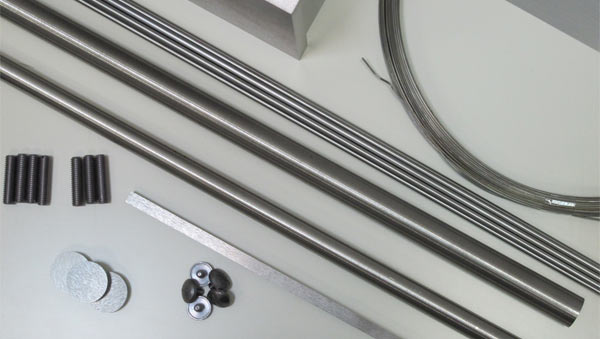
Molybdenum have the advantages of high temperature strength, good conductivity, thermal conductivity and low coefficient of thermal expansion (similar to that of tube glass), and are easier to process than tungsten. Therefore, the plates, strips, foils, tubes, bars, wires and profiles produced by conventional processing methods are used in electronic tubes (grid and anodes), electric light sources (supporting materials). Parts, metal processing tools (die casting and extrusion dies, forging dies, perforated plugs, liquid metal filter screens) and turbine disks are widely used.
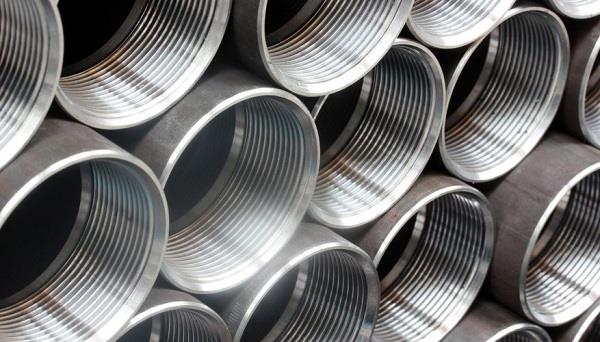
2. Alloy elements of steel
As an ally of steel, molybdenum, together with nickel and chromium as alloying elements, can reduce the brittleness of alloy steel during heat treatment. The use of molybdenum instead of tungsten in high speed steel is ahead of the US in solving the shortage of tungsten resources. According to calculation, molybdenum has two times the capacity of tungsten. In this way, 18% W steel can be replaced by 9% Mo steel (adding chromium and vanadium at the same time), greatly reducing the production cost of steel. The role in stainless steel is to improve corrosion resistance, increase high temperature strength and improve weldability. It can be seen that molybdenum plays an extraordinary role in the steel industry.
we warmly welcome you to buy our factory supply molybdenum.
